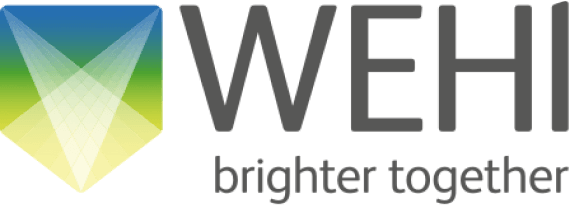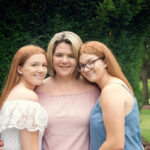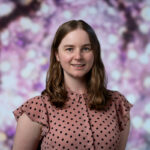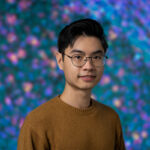Leica LMD7 uses a high-power laser at 349nm to isolate cells and tissue sections mounted on a special membrane slide or dish.
The cutting region of interest (ROI) is pre-defined in the software and can be in any shape. Under the force of gravity, the isolated specimen falls into a collector of choice, such as a PCR tube, the lid of which is attached directly under the specimen holder and is also aligned with the objective that provides the laser beam for cutting as well as other light sources (transmitted light/fluorescence) for sample illumination.
This microdissection approach handles specimens gently without much heat diffusion.



